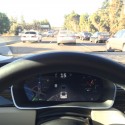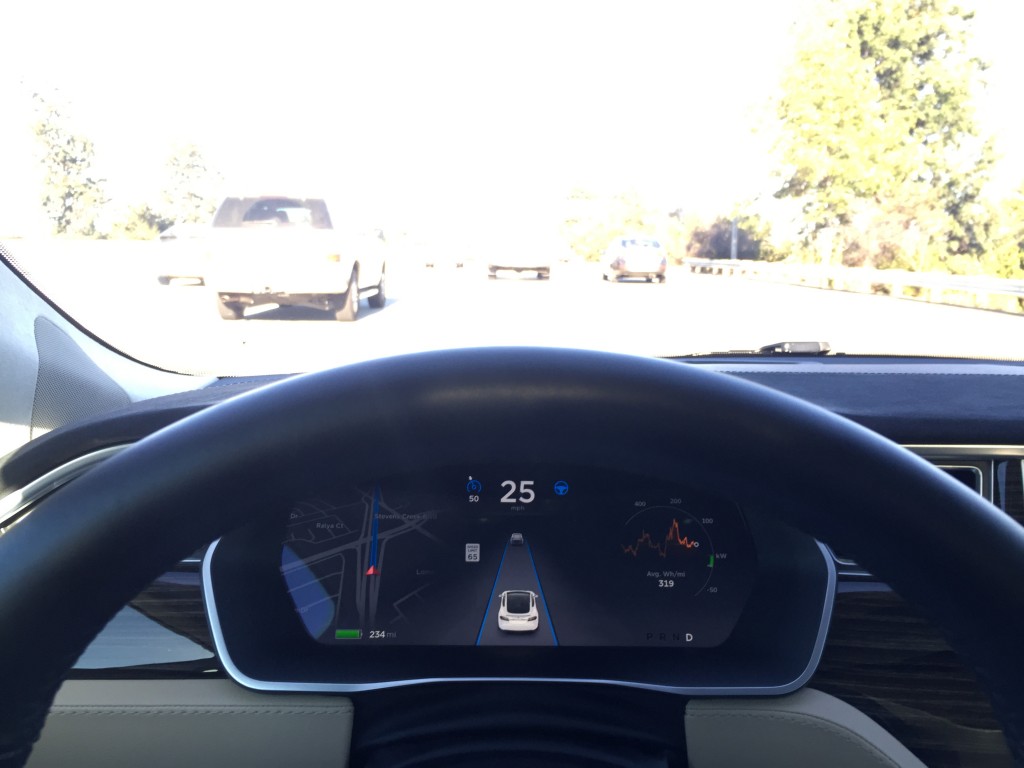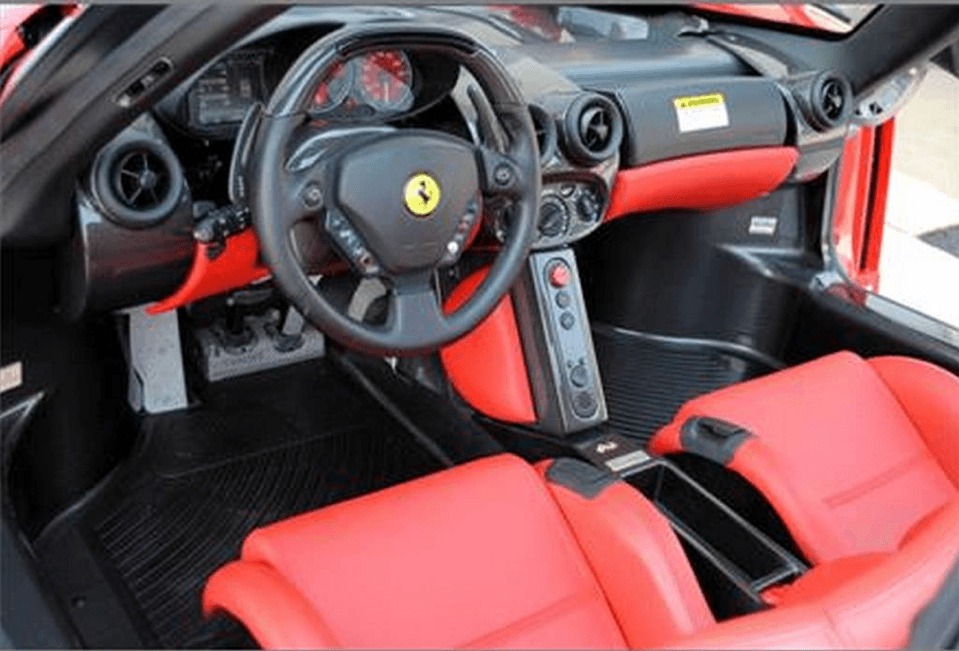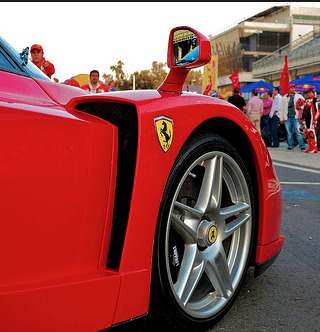Now it’s relaxing, and interesting to watch as the Tesla Model S drives itself. I took our P85D out on highway 280 this morning at 9am, just in time for seriously slow traffic. Once I turned on the cruise control by tapping the left side of the stalk, I pulled back on it twice, once to set my desired speed, and a second time to activate the autosteer and auto-lane change systems.
Autosteer works like a charm, the Model S stayed perfectly in the center of the lane but more impressive than that was the braking and acceleration automation. Tesla isn’t the first in semi-automated driving but they seem to have the most comfortable system. The car never jumped up in speed or hit the brakes hard enough for me to feel uneasy. It kept its distance well and even when other cars changed into my lane in front of the car, the braking was smooth, for all I know the brakes might not have been applied at all and it was just a release of the accelerator as I had regenerative braking set to “on”.
Auto-lane change is a bit of a different story. The system works well when there aren’t many cars around you, I’m sure if you’re driving straight down on the I-5 it’s fantastic, but the calculation often does seem to take a bit of time. For example, I was in the carpool lane and signaled right, from what I saw, there weren’t any cars in the lane immediately to my right, and I would have turned my shoulder, and moved over, but the Model S needed a moment to think, about 14 seconds, of cruising with the blinker on, confusing the car behind me in the HOV lane. The actual lane change was very smooth and other times the calculation seemed to take just a few seconds, adding power smoothly and hopping into the desired lane without issue. Auto-lane change is off to a good start, but very much in Beta mode.
The minimum cruise control speed for the Model S is 18mph according to the Tesla Model S owner’s manual yet the system will slow down to a full stop and gain speed again to your set cruise speed without any problems. This is especially helpful in stop and go traffic. I touched the controls only on the on/off ramps on my 23 miles of high way driving.
It was impressive and relaxing, but I had the most fun when I turned the systems off and felt more connected with the car, controlling 691 horsepower with my foot. I applaud Tesla and their innovation. They’re not the first to market with semiautonomous cars but they are (currently) the best. If you’d like to try out the functions on our Tesla Model S P85D be sure to contact us.
The speed limit is detected by the front facing camera and the blue lines on the sides represent the identified lane lines. Up in front of our White Model S you can see another car detected in the form of an animated Model S.




